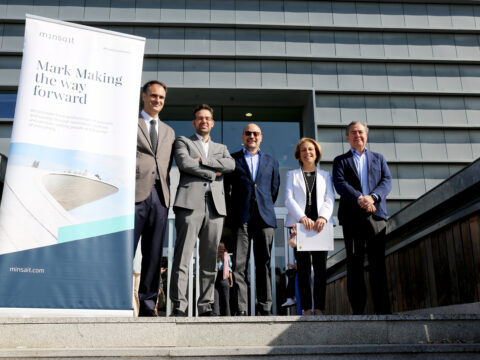
Depression in youngsters, how to identify it and guidelines for action
1 February, 2022
A new CEU University in Spain
8 February, 2022Around 95% of purchase decisions are made unconsciously. You may say that you like a product a lot but your mind says something different. And this is because, in fact, the unconscious dominates our behaviours as consumers.
Neuromarketing is born from the need to understand conducts or emotions that impact our decisions.
What is Neuromarketing?
In essence we could say that it consists on applying the techniques of Neuroscience– i.e., the study of the intricacies of the brain- to Marketing. It consists on understanding how our brain reacts to the stimuli produced during the decision-making process and purchase of a product.
The brain is based on the memory of experiences already established in our mind and therefore the task of the expert in marketing will be to activate such experiences to be revived during consumption of the product.
Those adds with the capacity to reach consumers emotionally have extremely higher levels of memory and this implies higher preference for the brand remembered. According to the book Neuromarketing by Oscar Malfitano, when you know the perceptions, multiple intelligences, mental and representational models of the consumer, i.e. its ways of thinking and acting, it is possible to better satisfy, permanently and sustainably an exchange relationship. Through neuromarketing the intention is to create and improve the bond of trust with clients.
Malfitano thinks that “market study from neuromarketing approach will help to better know the feelings causing pleasure to the consumer and therefore find the most appropriate satisfiers.”
Taken to the field of publicity and marketing this study can be used to assess the effectiveness of campaigns and its messages.
A study revealed that used-car sales significantly increased when applying an air freshener smelling of new car upholstery. The study of what happens in our mind when we sit on a car and sense it as a “new car” even if it is not so, is a great example of the meaning of Neuromarketing, as explains this article by CEU Alumni.
Three types of Neuromarketing
The same article talks about three types of Neuromarketing depending on how we received the stimuli:
- Visual. An example would be the use of the red colour in fast food restaurants. That colour is associated to speed just as orange to “low cost”.
- Hearing. In a shopping centre for example, we study the background music and how it affects the purchase decisions. For fashion stores it will be quicker and rhythmic.
- Kinesthesis. It refers to what we receive apart from seeing and hearing. When we step into a café the smell of coffee invites us to consume differently for example.







